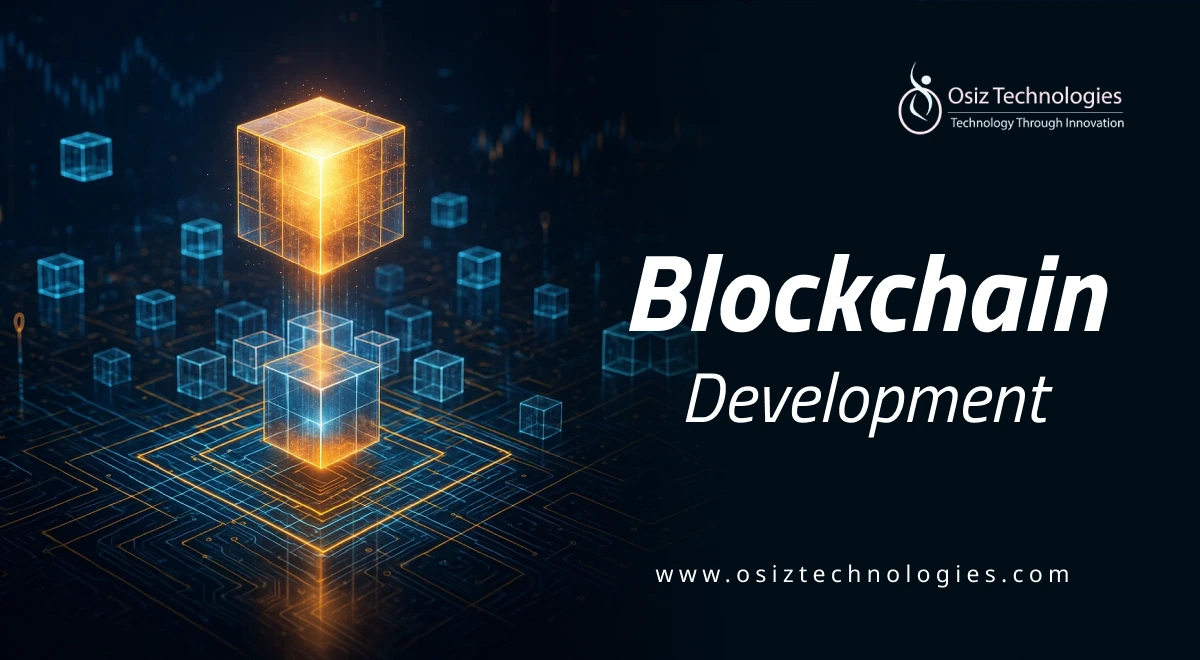VR Technology in Construction
VR development in the construction industry has been a game-changer, transforming the way projects are planned, designed, and executed. Osiz has been at the forefront of this innovation, leveraging VR technology to enhance the construction process in numerous ways. Our immersive VR environments allow architects, engineers, and clients to virtually walk through a building before it's even constructed. Our developers will also integrate VR solutions into the training and safety protocols within the construction industry, where workers can be trained on safety procedures, equipment operation, and complex control construction tasks.
Current Stats of VR in the Construction Industry
-
Approximately 60% of construction companies use VR for safety training, with a reported 40% reduction in on-site accidents.
-
VR adoption has resulted in an estimated 25% decrease in project costs due to early issue detection and better utilization of resources.
-
Over the next two years, around 50% of construction companies intend to raise their VR technology investment in anticipation of even more gains in efficiency and collaboration.
Innovations and Emerging Technologies
BIM (Building Information Modeling) integration
VR and Building Information Modeling (BIM) integration are becoming more and more common. Construction project visualization is improved by this synergy, enabling stakeholders to easily access and examine virtual models.
3D scanning & Spatial mapping
To generate exact digital reproductions of physical environments, 3D scanning techniques, and advanced spatial mapping technologies are being used. This facilitates collision identification, design validation, and project planning.
AR and MR
More all-encompassing solutions are being produced when VR is combined with augmented reality and mixed reality technology. Construction experts may now superimpose digital data on the real world thanks to this connection, which improves on-site visualization.
Our developers use these innovations and emerging technologies to deliver unparalleled immersive experiences that bring construction projects to life, transforming the way stakeholders visualize, plan, and execute their vision.
Benefits of VR Technology in Construction
Enhanced Safety Training
In the construction sector, safety is of highest priority. Virtual reality is proving to be an effective tool for providing workers with training in a controlled and safe environment. Workers can practice safety procedures and simulate risky situations using virtual reality (VR) without taking any actual risks. This hands-on training guarantees that workers are ready for obstacles they may face on the job site and help lower the number of accidents.
Improved Design and Planning
VR enables construction professionals to envision plans in 3D, making it easier to recognize possible problems and make sound decisions. Architects and engineers may walk through virtual buildings, evaluate details, and make changes before construction starts. This level of depth and precision results in better-designed products with fewer adjustments down the road.
Cost Savings and Efficiency
Implementing VR technology can result in significant cost savings by decreasing the requirement for physical prototypes and mockups. Teams can use virtual simulations to test multiple design scenarios, materials, and building methods, which helps to optimize resources and enhance productivity. Furthermore, VR can help stakeholders communicate and collaborate more effectively, resulting in speedier decision-making and project timeframes.
Our VR in construction redefines industry standards by enhancing safety training, improving design and planning, and saving costs. So construction firms can ultimately transform the way buildings are conceived, designed, and brought to life.
In what ways VR used in construction?
Here's a closer look at how VR is being used in several aspects of construction
Design and Visualization
One of the key applications of virtual reality for construction is design and visualization. Architects and engineers can construct accurate 3D models of buildings and structures, which can subsequently be experienced in virtual reality. This immersive experience enables to see the project from many angles, detect potential concerns, and make educated decisions before construction begins.
Virtual Site Inspections
Virtual reality can also be utilized for virtual site inspections. This is especially important for clients, investors, and project managers who may be unable to visit the site in person.
Stakeholder Collaboration
VR enhances stakeholder communication and collaboration by creating a shared virtual environment in which teams may connect and communicate. VR enables architects, engineers, contractors, and clients to communicate more effectively, share ideas, and make real-time changes as needed.
Future of VR in Construction
As VR technology advances, we can anticipate to see more innovative applications in the Construction industry. From real-time communication tools to complex simulations and analytics, the possibilities are limitless. Construction firms who embrace these developments will be better positioned to stay ahead of the competition.
The future of VR in construction involves integrating VR with other developing technologies. This integration will allow construction professionals to access real-time data, overlay digital information on actual environments, and create fully immersive and interactive experiences.
Why Choose Osiz as Your VR Development Company?
Osiz is a top VR Development Company that excels in developing AR VR technologies for various industries like healthcare, education, games, retail, entertainment, etc. Our expert team understands VR technologies and builds 3D construction models as per your business needs. We are dedicated to pushing the boundaries of what's possible in the construction sector, making it indispensable for construction firms looking to embrace the future of building.
Listen To The Article
Recent Blogs

Black Friday 30%
Offer










